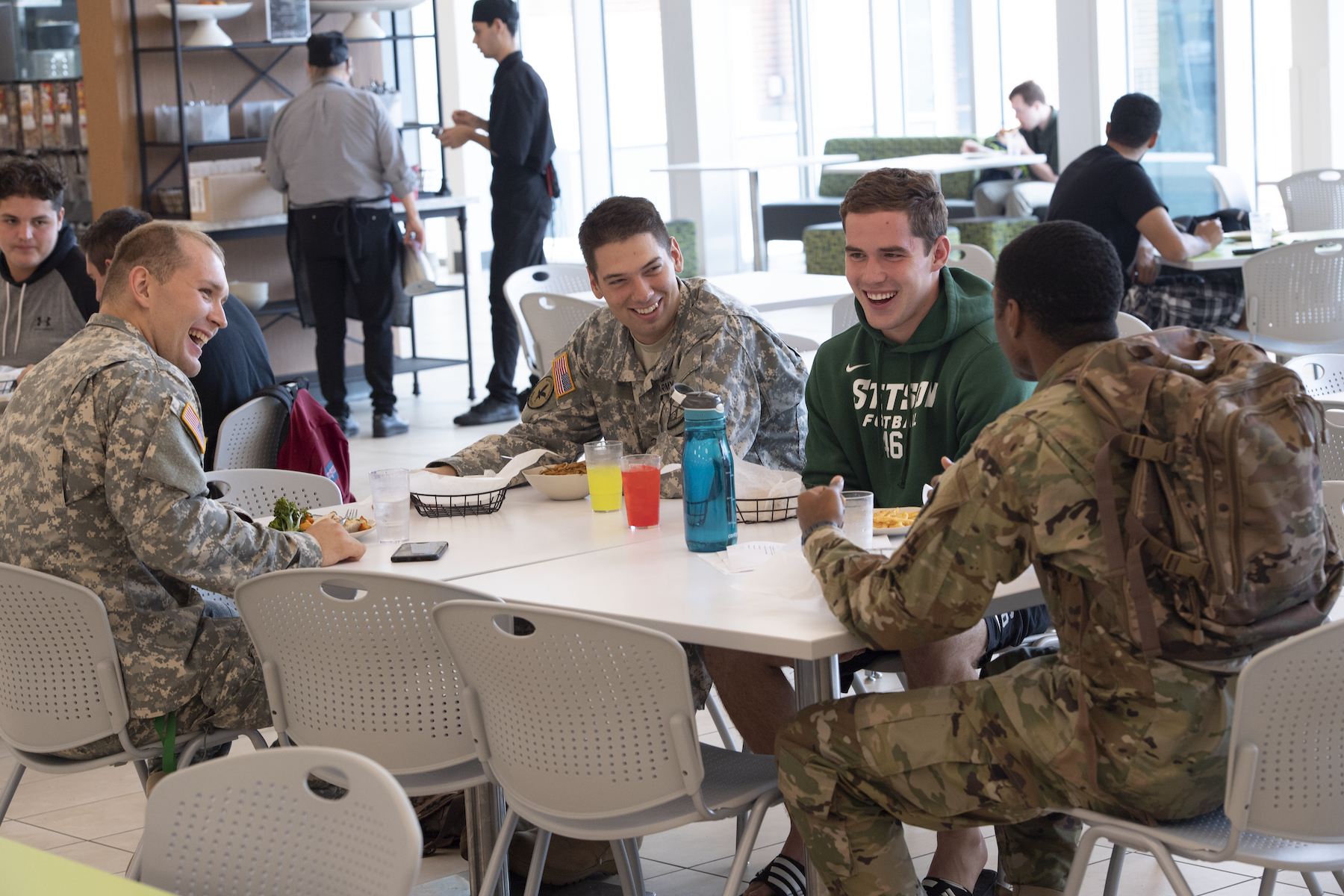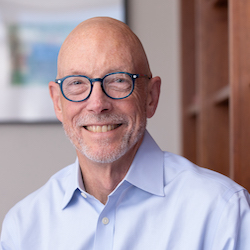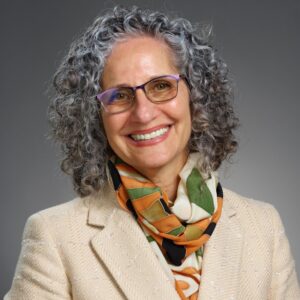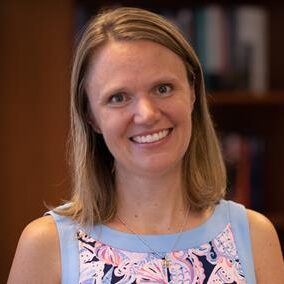As Cuts to Department of Veterans Affairs Loom, Our Commitment to Veterans Education Faces a Critical Test
As the VA moves to eliminate more than 80,000 jobs, ACE’s Lindsey Tepe and Michele Spires warn that veterans’ access to education benefits could be at serious risk.
Latest Features

Mobility Isn’t a Choice: How Higher Education Can Better Serve Military Learners
Military learners don’t get to choose when or where they move—but they still show up in college classrooms ready to succeed. Abby Kinch and Michele Spires explore how institutions can support their path forward.

Supporting Student Wellbeing in Uncertain Times
Colleges are facing a volatile mix of policy shifts, polarization, and fiscal pressure, and student wellbeing is on the line. The Action Network for Equitable Wellbeing shares three proven strategies to help campuses move from guesswork to insight through real-time data, empathy interviews, and regular check-ins.


